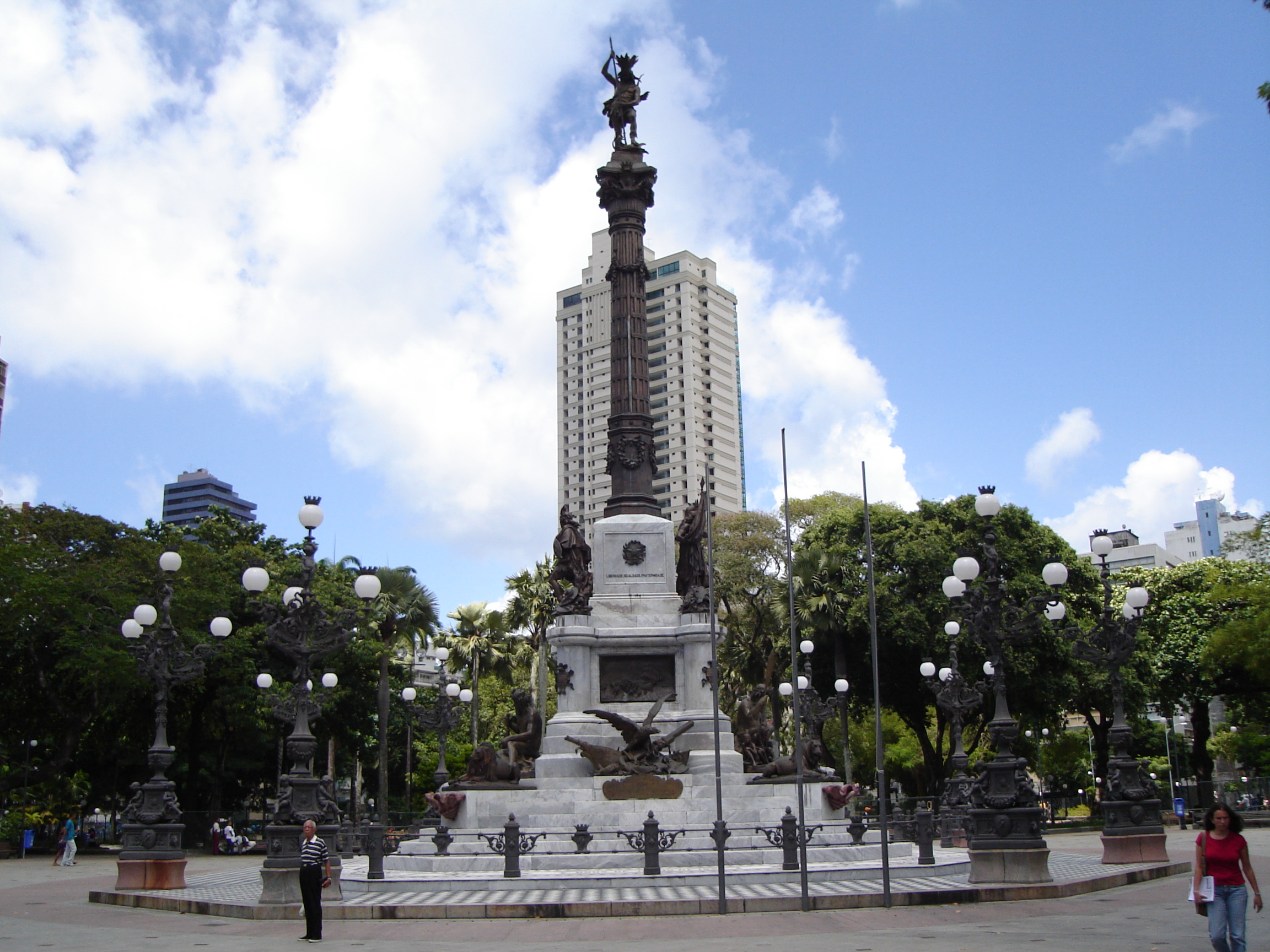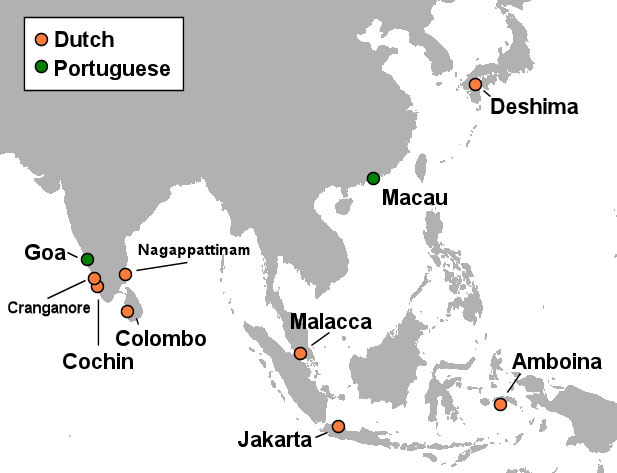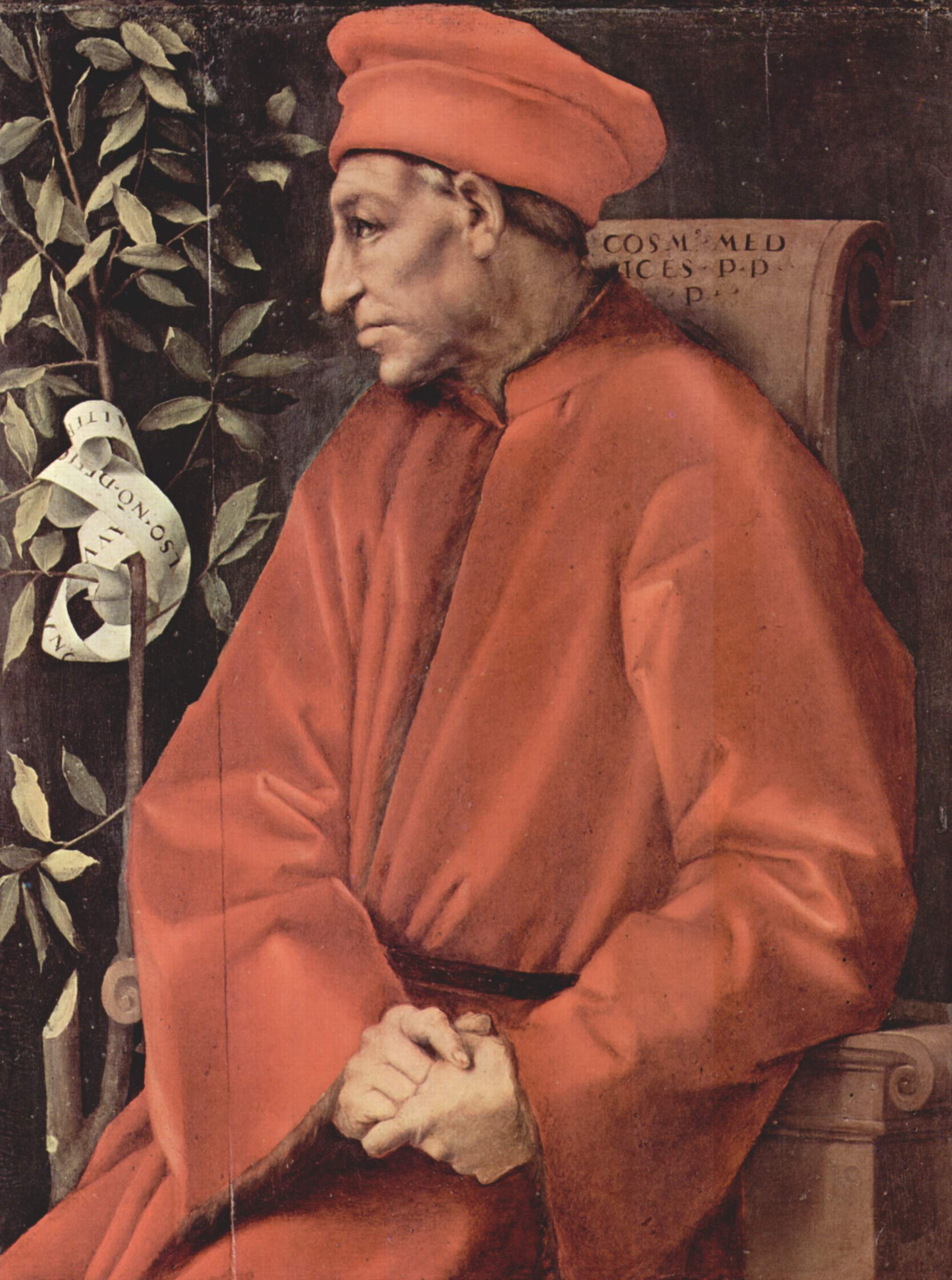|
Conquista Do Pará
Conquista do Pará (region initially called ''pa'ra'', from Tupi-Guarani: "river-sea"), also called the Império das Amazonas (in English: Amazonas Empire), now the Brazilian state of Pará, was an indigenous territory transformed into Portuguese colonial territory in 1615 by the military man and nobleman , at the beginning of the colonization of the Amazon and conquest of the Amazon River. It was located in the then Captaincy of Maranhão (1534-1621). The Captaincy of Maranhão had 75 leagues of coastline, extending from the Bay of All Saints to the mouth of the da Cruz River, covering the northeastern area of the current state of Maranhão, the eastern region of the Conquista do Pará (where Belém is today), and the island of Marajó. In 1621, the Conquista do Pará was transformed into the Captaincy of Grão Pará and the State of Maranhão, consolidating Portuguese rule in the Amazon. History In 1534, the Captaincy of Maranhão was created along with 13 other heredi ... [...More Info...] [...Related Items...] OR: [Wikipedia] [Google] [Baidu] |
Salvador, Bahia
Salvador () is a Municipalities of Brazil, Brazilian municipality and capital city of the Federative units of Brazil, state of Bahia. Situated in the Zona da Mata in the Northeast Region, Brazil, Northeast Region of Brazil, Salvador is recognized throughout the country and internationally for its #Cuisine, cuisine, #Music, music, and #Pelourinho, architecture. The African influence in many cultural aspects of the city makes it a center of Afro-Brazilian culture. As the Capitals of Brazil, first capital of Colonial Brazil, the city is List of oldest continuously inhabited cities, one of the oldest in the Americas. Its foundation in 1549 by Tomé de Sousa took place on account of the implementation of the List of governors-general of Brazil, General Government of Brazil by the Portuguese Empire. Centralization as a capital, along with Portuguese colonization, were important factors in shaping the profile of the municipality, as were certain geographic characteristics. The construct ... [...More Info...] [...Related Items...] OR: [Wikipedia] [Google] [Baidu] |
Belém
Belém (; Portuguese for Bethlehem; initially called Nossa Senhora de Belém do Grão-Pará, in English Our Lady of Bethlehem of Great Pará), often called Belém of Pará, is the capital and largest city of the state of Pará in the north of Brazil. It is the gateway to the Amazon River with a busy port, airport, and bus/coach station. Belém lies approximately 100 km (62.1 miles) upriver from the Atlantic Ocean, on the Pará River, which is part of the greater Amazon River system, separated from the larger part of the Amazon delta by ''Ilha de Marajó'' ( Marajo Island). With an estimated population of 1,303,403 people — or 2,491,052, considering its metropolitan area — it is the 12th most populous city in Brazil, as well as the 16th by economic relevance. It is the second largest in the North Region, second only to Manaus, in the state of Amazonas. Founded in 1616 by the Kingdom of Portugal, Belém was the first European colony on the Amazon but did not become ... [...More Info...] [...Related Items...] OR: [Wikipedia] [Google] [Baidu] |
Dutch Empire
The Dutch colonial empire () comprised overseas territories and trading posts under some form of Dutch control from the early 17th to late 20th centuries, including those initially administered by Dutch chartered companies—primarily the Dutch East India Company (1602–1799) and Dutch West India Company (1621–1792)—and subsequently governed by the Dutch Republic (1581–1795) and modern Kingdom of the Netherlands (1815–1975). Following the ''de facto'' independence of the Dutch Republic from the Spanish Empire in the late 16th century, various trading companies known as '' voorcompagnie'' led maritime expeditions overseas in search of commercial opportunities. By 1600, Dutch traders and mariners had penetrated the lucrative Asian spice trade but lacked the capital or manpower to secure or expand their ventures; this prompted the States General in 1602 to consolidate several trading enterprises into the semi-state-owned Dutch East India Company (, VOC), which was g ... [...More Info...] [...Related Items...] OR: [Wikipedia] [Google] [Baidu] |
Cacique
A cacique, sometimes spelled as cazique (; ; feminine form: ), was a tribal chieftain of the Taíno people, who were the Indigenous inhabitants of the Bahamas, the Greater Antilles, and the northern Lesser Antilles at the time of European contact with those places. The term is a Spanish transliteration of the Taíno word . Cacique was initially translated as "king" or "prince" for the Spanish. In the colonial era, the conquistadors and the administrators who followed them used the word generically to refer to any leader of practically any indigenous group they encountered in the Western Hemisphere. In Hispanic and Lusophone countries, the term has also come to mean a political boss, similar to a ''caudillo,'' exercising power in a system of caciquism. Spanish colonial-era caciques The Taíno word descends from the Taíno word , which means "to keep house". In 1555 the word first entered the English language, defined as "prince". In Taíno culture, the rank was heredita ... [...More Info...] [...Related Items...] OR: [Wikipedia] [Google] [Baidu] |
Tupinambá People
The Tupinambá ( Tupinambás) are one of the various Tupi ethnic groups that inhabit present-day Brazil, and who had been living there long before the conquest of the region by Portuguese colonial settlers. The name Tupinambá was also applied to other Tupi-speaking groups, such as the Tupiniquim, Potiguara, Tupinambá, Temiminó, Caeté, Tabajara, Tamoio, and Tupinaé, among others. Before and during their first contact with the Portuguese, the Tupinambás had been living along the entire Eastern Atlantic coast of Brazil. In a sense, the name can be applied exclusively to the Tupinambás who once-inhabited the right shore of the São Francisco River (in the Recôncavo Baiano, Bahia), and from the Cabo de São Tomé (in Rio de Janeiro) to the town of São Sebastião (in São Paulo). Their language survives today in the form of Nheengatu. In the 21st century, the Tupinambá people live in Pará, and the southern region of Bahia, around Olivença, Alagoas. The Tupinamb� ... [...More Info...] [...Related Items...] OR: [Wikipedia] [Google] [Baidu] |
Rio De Janeiro
Rio de Janeiro, or simply Rio, is the capital of the Rio de Janeiro (state), state of Rio de Janeiro. It is the List of cities in Brazil by population, second-most-populous city in Brazil (after São Paulo) and the Largest cities in the Americas, sixth-most-populous city in the Americas. Founded in 1565 by the Portuguese people, Portuguese, the city was initially the seat of the Captaincy of Rio de Janeiro, a domain of the Portuguese Empire. In 1763, it became the capital of the State of Brazil, a List of states of the Portuguese Empire, state of the Portuguese Empire. In 1808, when the Transfer of the Portuguese Court to Brazil, Portuguese Royal Court moved to Brazil, Rio de Janeiro became the seat of the court of Queen Maria I of Portugal. She subsequently, under the leadership of her son the prince regent John VI of Portugal, raised Brazil to the dignity of a kingdom, within the United Kingdom of Portugal, Brazil and the Algarves, United Kingdom of Portugal, Brazil, and Algar ... [...More Info...] [...Related Items...] OR: [Wikipedia] [Google] [Baidu] |
List Of Portuguese Monarchs
This is a list of Portuguese monarchs who ruled from the establishment of the Kingdom of Portugal, in 1139, to the deposition of the Portuguese monarchy and creation of the Portugal, Portuguese Republic with the 5 October 1910 revolution. Through the nearly 800 years in which Portugal was a monarchy, the kings held various other Style of the Portuguese sovereign, titles and pretensions. Two kings of Portugal, Ferdinand I of Portugal, Ferdinand I and Afonso V of Portugal, Afonso V, claimed the crown of Castile and waged wars in order to enforce their respective claims. Ferdinand I managed to be recognized as Kingdom of Galicia, King of Galiza in 1369, although his dominance of the region was short-lived. When the House of Habsburg came into power, the kings of Spain, kings of Naples, Naples, and kings of Sicily, Sicily also became kings of Portugal. The House of Braganza brought numerous titles to the Portuguese Crown some honorary, such as the attribution of the title of ''Rex F ... [...More Info...] [...Related Items...] OR: [Wikipedia] [Google] [Baidu] |
Azores
The Azores ( , , ; , ), officially the Autonomous Region of the Azores (), is one of the two autonomous regions of Portugal (along with Madeira). It is an archipelago composed of nine volcanic islands in the Macaronesia region of the North Atlantic Ocean, about west of Lisbon, about northwest of Morocco, about southeast of Newfoundland, Canada, and the same distance southwest of Cork, Ireland. Its main industries are agriculture, dairy farming, livestock, fishing, and tourism, which has become a major service activity in the region. In the 20th century and to some extent into the 21st, they have served as a waypoint for refueling aircraft flying between Europe and North America. The government of the Azores employs a large percentage of the population directly or indirectly in the service and tertiary sectors. The largest city of the Azores is Ponta Delgada. The culture, dialect, cuisine, and traditions of the Azorean islands vary considerably, because these remote island ... [...More Info...] [...Related Items...] OR: [Wikipedia] [Google] [Baidu] |
Madeira
Madeira ( ; ), officially the Autonomous Region of Madeira (), is an autonomous Regions of Portugal, autonomous region of Portugal. It is an archipelago situated in the North Atlantic Ocean, in the region of Macaronesia, just under north of the Canary Islands, Spain, west of the Morocco and southwest of mainland Portugal. Madeira sits on the African Plate, African Tectonic Plate, but is culturally, politically and ethnically associated with Europe, with its population predominantly descended from Portuguese settlers. Its population was 251,060 in 2021. The capital of Madeira is Funchal, on the main island's south coast. The archipelago includes the islands of Madeira Island, Madeira, Porto Santo Island, Porto Santo, and the Desertas Islands, Desertas, administered together with the separate archipelago of the Savage Islands. Roughly half of the population lives in Funchal. The region has political and administrative autonomy through the Autonomous Regions of Portugal#Const ... [...More Info...] [...Related Items...] OR: [Wikipedia] [Google] [Baidu] |
Capitalism
Capitalism is an economic system based on the private ownership of the means of production and their use for the purpose of obtaining profit. This socioeconomic system has developed historically through several stages and is defined by a number of basic constituent elements: private property, profit motive, capital accumulation, competitive markets, commodification, wage labor, and an emphasis on innovation and economic growth. Capitalist economies tend to experience a business cycle of economic growth followed by recessions. Economists, historians, political economists, and sociologists have adopted different perspectives in their analyses of capitalism and have recognized various forms of it in practice. These include '' laissez-faire'' or free-market capitalism, state capitalism, and welfare capitalism. Different forms of capitalism feature varying degrees of free markets, public ownership, obstacles to free competition, and state-sanctioned social poli ... [...More Info...] [...Related Items...] OR: [Wikipedia] [Google] [Baidu] |
Feudalism
Feudalism, also known as the feudal system, was a combination of legal, economic, military, cultural, and political customs that flourished in Middle Ages, medieval Europe from the 9th to 15th centuries. Broadly defined, it was a way of structuring society around relationships derived from the holding of land in exchange for service or labour. The classic definition, by François Louis Ganshof (1944),François Louis Ganshof (1944). ''Qu'est-ce que la féodalité''. Translated into English by Philip Grierson as ''Feudalism'', with a foreword by F. M. Stenton, 1st ed.: New York and London, 1952; 2nd ed: 1961; 3rd ed.: 1976. describes a set of reciprocal legal and Medieval warfare, military obligations of the warrior nobility and revolved around the key concepts of lords, vassals, and fiefs. A broader definition, as described by Marc Bloch (1939), includes not only the obligations of the warrior nobility but the obligations of all three estates of the realm: the nobility, the cl ... [...More Info...] [...Related Items...] OR: [Wikipedia] [Google] [Baidu] |
Portuguese America
Portuguese America (), sometimes called or Lusophone America in the English language, in contrast to Anglo-America, French America, or Hispanic America, is the Portuguese-speaking community of people and their diaspora, notably those tracing back origins to Brazil and the early Portuguese colonization of the Americas. Portugal colonized parts of South America (Brazil; Colónia do Sacramento, in Uruguay; Guanare, in Venezuela), but also made some unsuccessful attempts to colonize North America (Newfoundland and Labrador and Nova Scotia in Canada). Brazil is the centre of the community and is the point of origin of most of Portuguese America, but it also includes communities all over the Americas and languages derived from Portuguese, notably Papiamento spoken on Aruba, Bonaire, and Curaçao; Saramaccan of Suriname; and Cupópia of Brazil which is nearly extinct. Because Portuguese is a Romance language, Portuguese America (specifically Brazil) is considered part of Lat ... [...More Info...] [...Related Items...] OR: [Wikipedia] [Google] [Baidu] |









